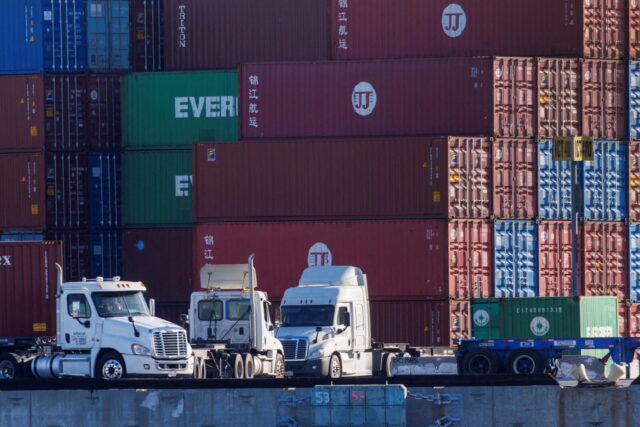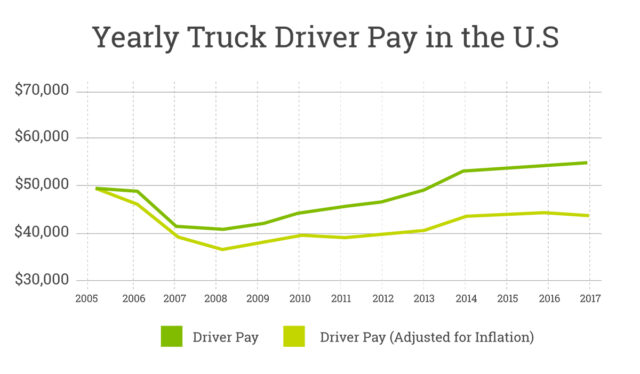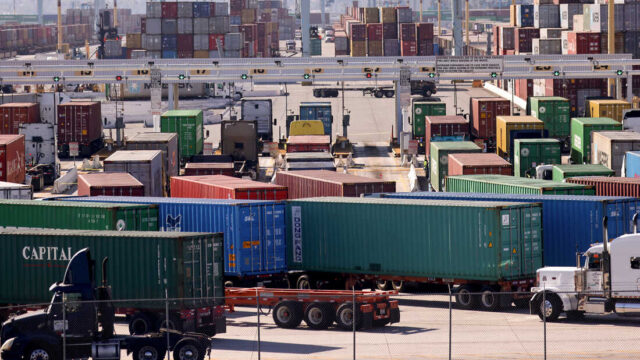
Ever since the COVID-19 pandemic started impacting the supply chain in 2019, the trucking industry has seen some difficult times. Between a shortage of actual trucks, an increase in driver shortages, vaccine mandates, and grueling working conditions, the trucking industry hasn’t been at the top of its game. Although, that’s changing.
So far, the shortage of trucks has been the easiest problem to solve. Many companies are now sourcing commercial trucks from Canada, and at a good discount, too. You can see the value of importing used trucks explained on Maximinc.com.
The driver shortage has been harder to solve since there are multiple factors at play. Unlike other professions, getting more commercial truck drivers isn’t as simple as offering higher pay or more benefits.
Each year, about 300,000 drivers leave the profession. This wouldn’t be an issue if there was an abundance of people interested in getting their CDLs to become commercial drivers. However, that’s not the case.
On top of that, many people already hold a CDL and are trained to drive trucks, but refuse to work in the industry because of the long hours and low pay. To those just thinking about entering the industry, the pay seems pretty good. Many job opportunities are advertised at $80,000 per year. However, it’s the long hours that make even $80,000 per year a low wage.
Although it seems impossible for the trucking industry to recover, there are 2 key things that can be done to improve the situation.
1. Pay truck drivers higher wages

Higher wages for truck drivers is part of the equation for a recovery. While some drivers only make around $45,000 per year, others are making upwards of $75,000to $100,000 per year or more.
At first glance, the upper salaries seem like significant pay for the job. Everyone knows truck drivers face grueling working conditions, driving for hours on end. However, most truck drivers get paid by the mile, not by the hour. This means a $75,000 salary is based on the driver traveling about 166,666 miles per year.
At .45 cents per mile and 50 miles per hour, that’s 3,333 hours of driving, not including breaks and sleeping. That’s a salary of just $22.50 per hour on the road. When you factor in all the necessary time for weight stations, breaks, meals, and sleeping, earning that $75,000 per year doesn’t seem so appealing.
If paid by the hour, driving a commercial truck may not seem so grueling. Salaries would be more predictable and drivers wouldn’t need to put in so many hours just to meet a basic salary.
Of course, paying truck drivers by the hour isn’t currently a profitable model, which is why drivers are paid by the mile. Companies don’t want to pay drivers for the time they spend caught up in traffic and bad weather conditions. While hourly pay would create a predictable salary for the drivers, it would create unpredictable expenses for employers.
To fix this dilemma, trucking companies could come up with a compromise similar to the concept of having a minimum wage. For example, someone could come up with an industry-specific minimum wage for truck drivers that would ensure they get paid a set base salary before being paid by the mile.
Coming up with a solution is difficult because trucking companies don’t have control over the cost of the goods they transport. As costs increase, companies naturally want to pay less for delivered loads, which means they’ll choose the cheapest company they can find.
If trucking companies want to stay competitive, they have to be willing to lower their fees, and that means losing money. If they’re already losing money they won’t want to pay their drivers more and further increase their expenses. However, something needs to give and truckers need to be paid higher wages.
2. Crack down on companies that pressure drivers to be unsafe

Federal Hours of Service regulations limit drivers to 14 hours of duty at a time, but they can only spend 11 hours on the road, after which time they must take 10 hours off. Although this is the law, many drivers ignore these regulations under the pressure of their employer.
The trucking industry needs more than regulations – it needs someone to crack down on the companies that pressure drivers to operate dangerously. Sometimes this pressure is explicit, but not always. Sometimes the pressure comes from expectations for drivers to meet impossible deadlines, but often, it’s the driver putting pressure on themselves because they don’t get paid enough to start with.
Since truck drivers get paid by the mile rather than by the hour, they’re incentivized to speed, skip breaks, sleep less, and ignore routine maintenance. The faster they can get their load to their destination, the more money they’ll make in less time. This makes them a danger on the road.
Many truck drivers are on the road completely exhausted because they don’t get enough sleep. Truck driver fatigue is a leading cause for large truck accidents, many of which are fatal when the other car is a passenger vehicle.
Drowsy driving is bad enough, but speeding is equally dangerous. It takes a commercial tractor-trailer much longer to stop than a passenger vehicle, and a speeding truck is going to take even longer to stop.
In most states, commercial trucks have to drive slower than the speed limit (often 50 miles per hour), but to some drivers, speeding is the only way to make their job worth the salary.
While having regulations is important, they’re not worth anything unless they’re being followed. Since many trucking companies intentionally ignore regulations, the federal Hours of Service regulations need to be enforced by someone other than employers.
A full recovery is on the horizon

Trucking companies, truck drivers, and consumers are feeling the effects of damaged trucking industry, but that doesn’t mean it won’t turn around. There is a full recovery in sight, but it will take a concentrated effort from several industries to make it happen.









